Sci-fi Spherical Structure “Academy Museum of Motion Pictures” Depicts Hollywood Greatness
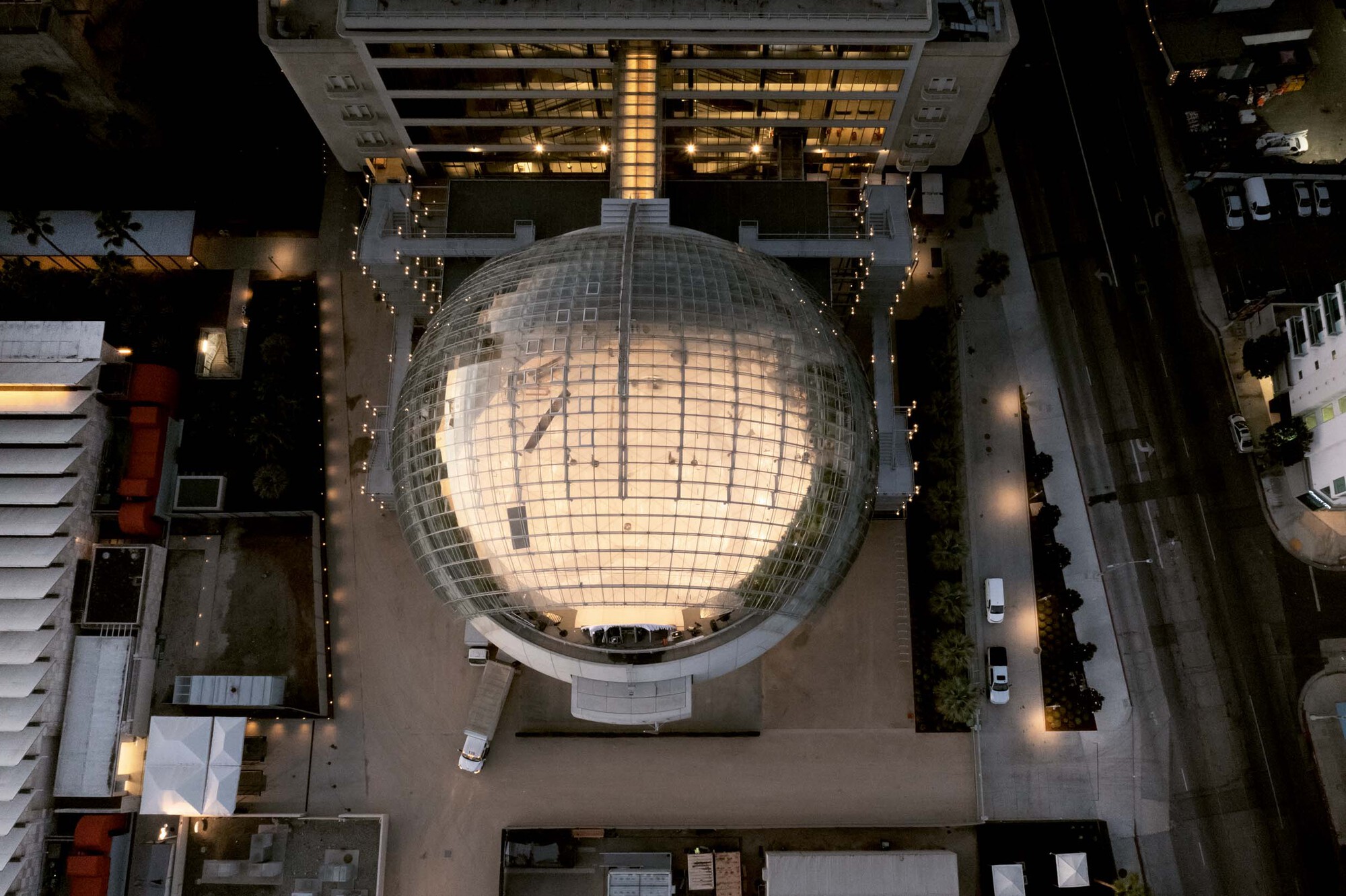
Renzo Piano Building Workshop (RPBW), in collaboration with Gensler, completed a monumental structure in the heart of Los Angeles in 2021. As the center of the nation’s film and television industry, the Academy Museum of Motion Pictures stands as an icon strengthening Hollywood's identity in the city.
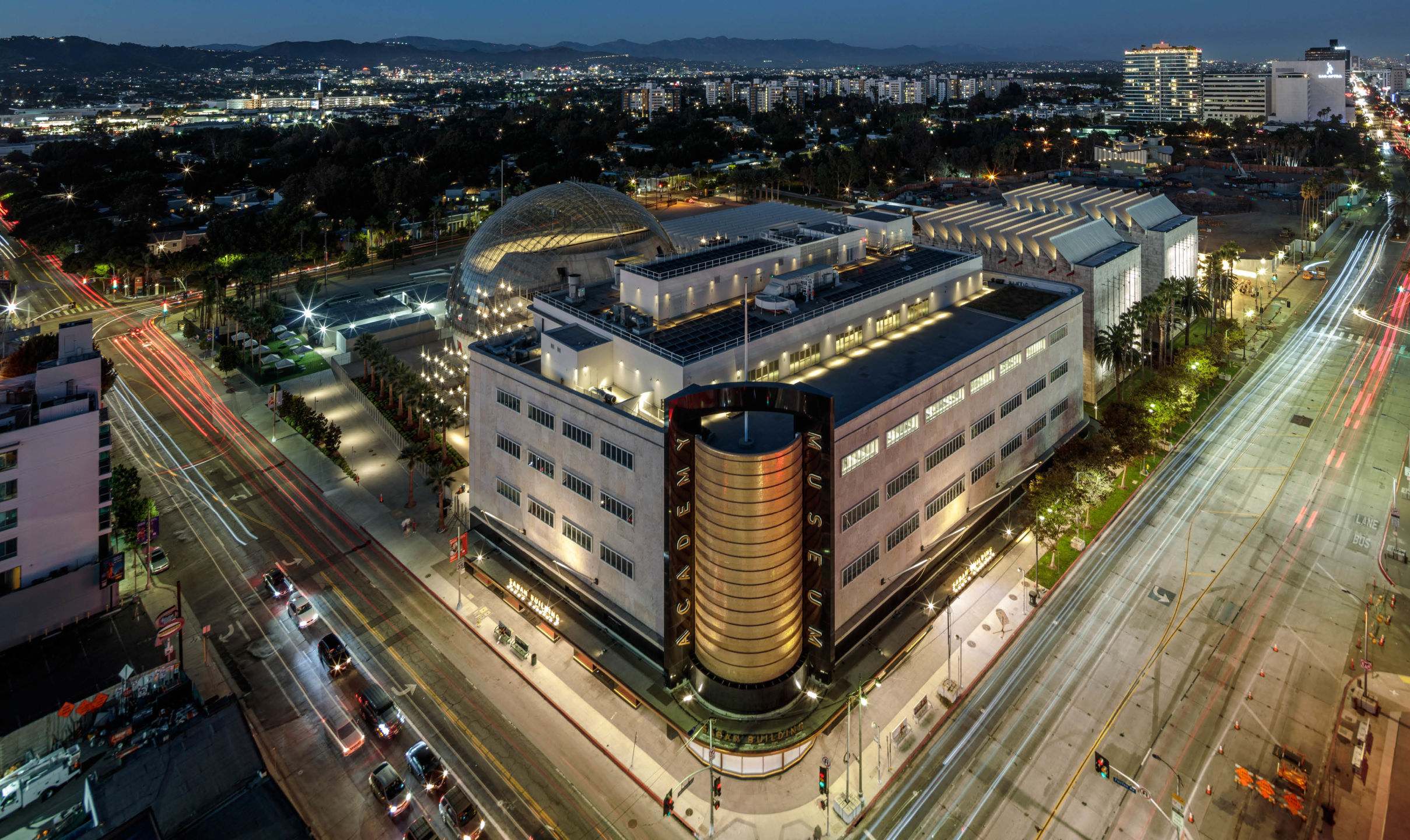 Academy Museum of Motion Pictures by Renzo Piano Building Workshop and Gensler (cr: Nic Lehoux)
Academy Museum of Motion Pictures by Renzo Piano Building Workshop and Gensler (cr: Nic Lehoux)
 Futuristic design (cr: Nic Lehoux)
Futuristic design (cr: Nic Lehoux)
The project began with the old May Company department store—now known as the Saban Building—dated back to 1939. As one of the outstanding examples of the Streamline Moderne style, Piano—the lead architect—saw the building as a way people envisioned the future at that time. To respect history and also imagine the future, the main structure was retained, while the additional building in 1946 was demolished and replaced with a new mass, a 21st-century version of "futuristic" in the form of a massive sphere.
 A massive sphere (cr: Nic Lehoux)
A massive sphere (cr: Nic Lehoux)
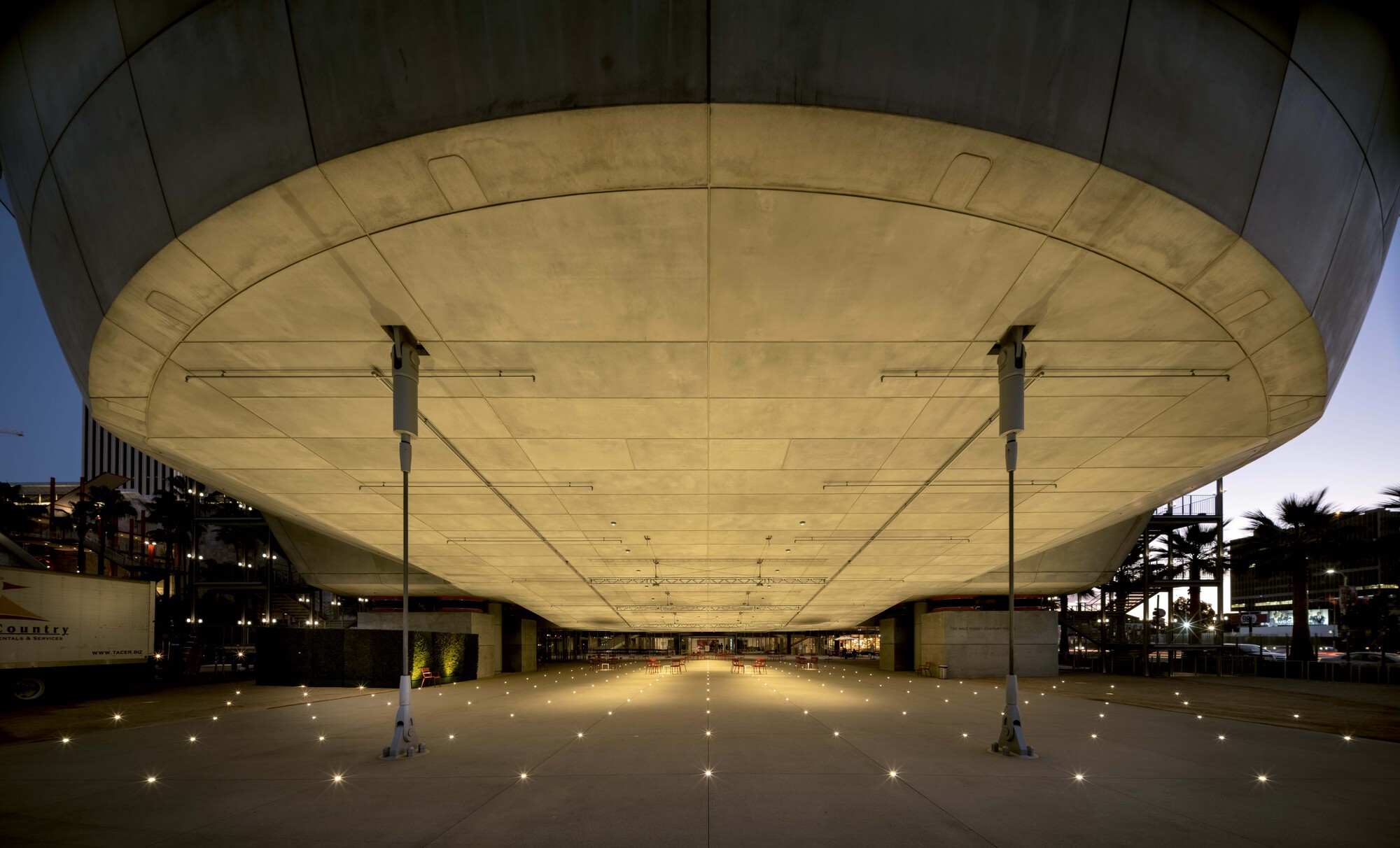 A piazza below the floating sphere (cr: Nic Lehoux)
A piazza below the floating sphere (cr: Nic Lehoux)
This “alien” form arose from the need for a large theater that could not be placed inside the Saban Building without destroying it. Therefore, the idea was to generate new forms. According to Piano, cinema is where people are invited to take off, entering a new realm distinct from reality. Thus, a floating mass would feel true to the vision. Supported by base isolators at four points on one side, this sphere of concrete and glass that looks straight out of a science-fiction movie now contains the Geffen Theater inside.
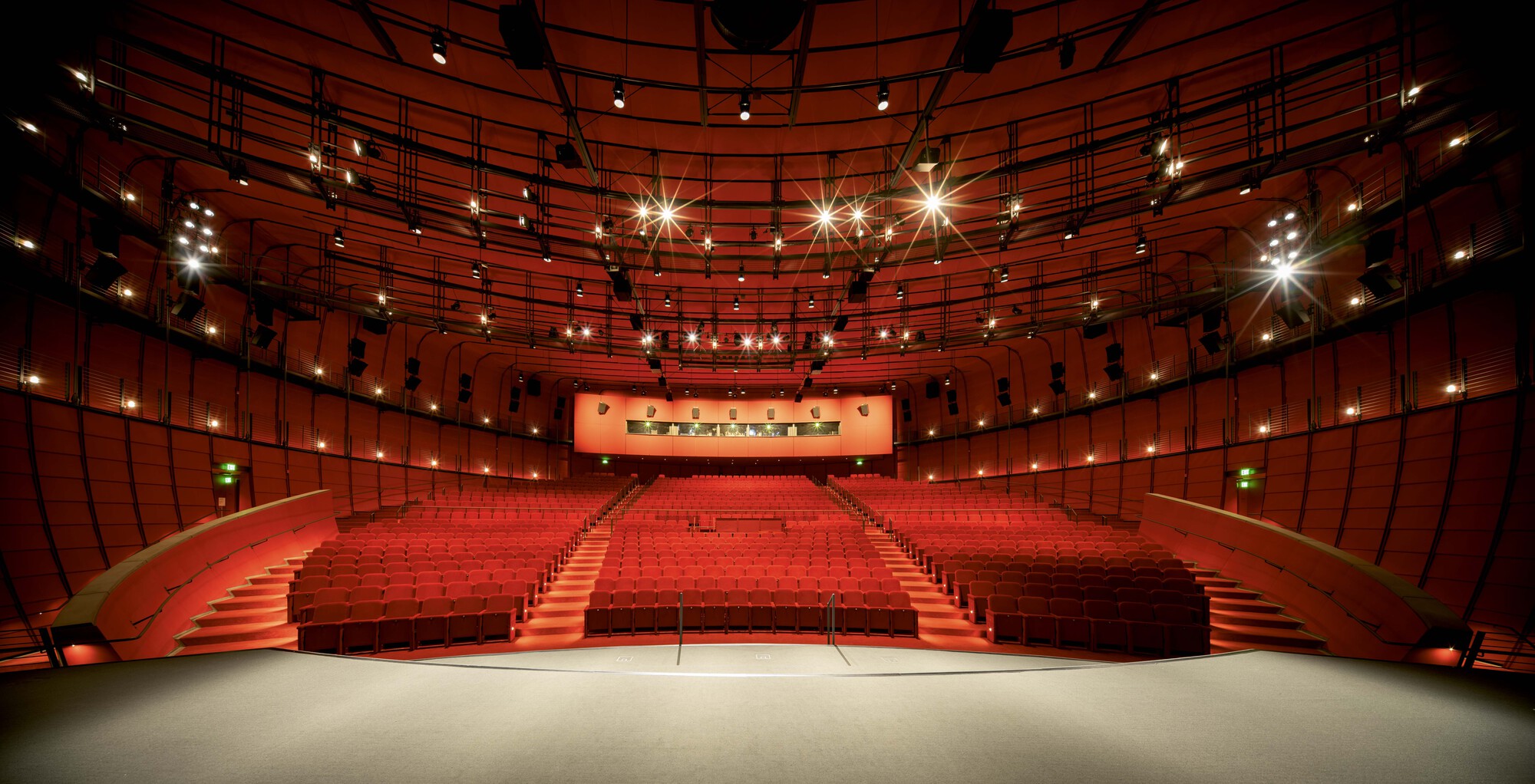 The Geffen Theater (cr: Nic Lehoux)
The Geffen Theater (cr: Nic Lehoux)
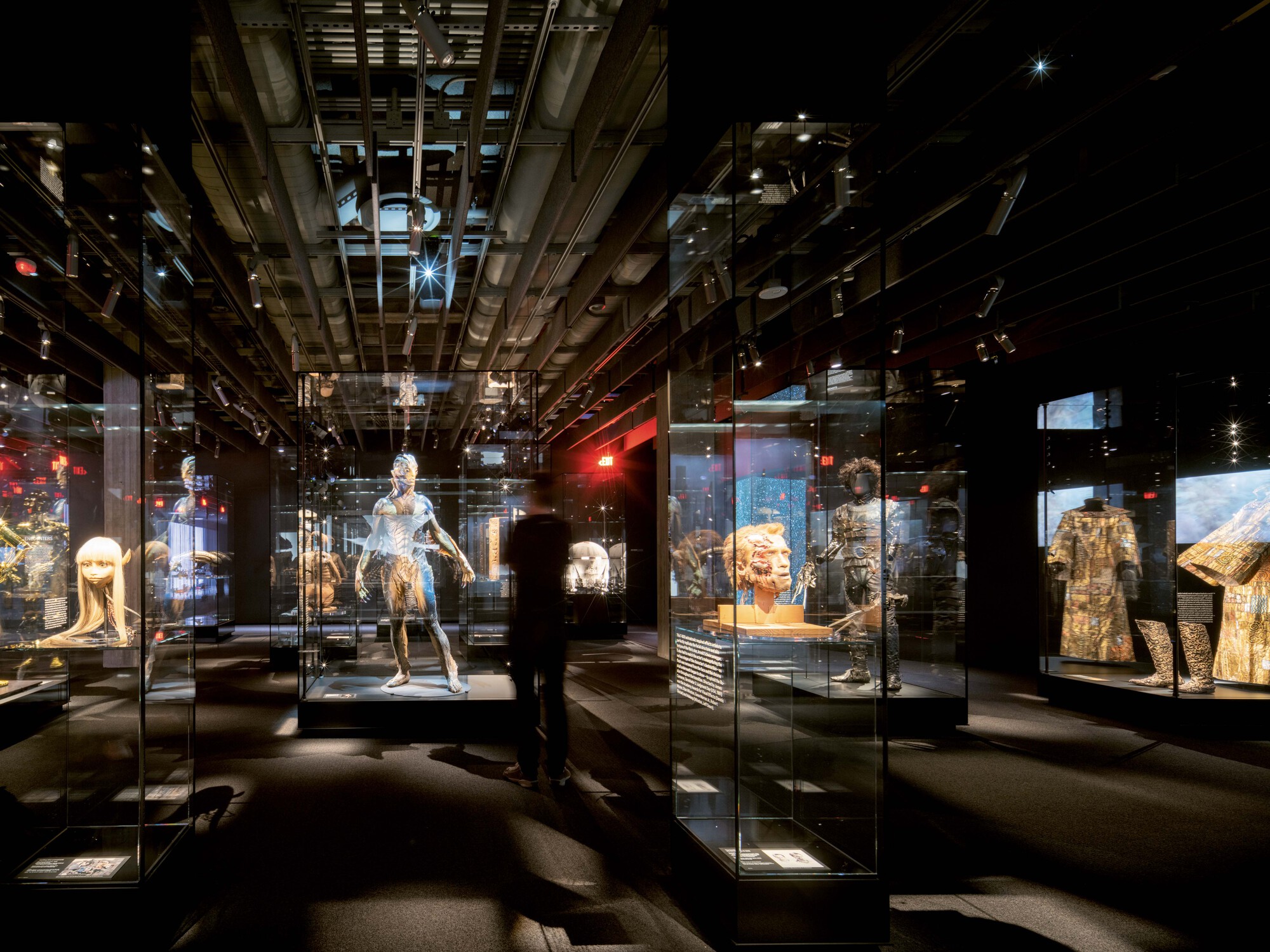 The exhibition area (cr: Nic Lehoux)
The exhibition area (cr: Nic Lehoux)
The museum also has an interesting space configuration. In the architect's mind, if, in a movie, someone is shown different sequences without needing to move, then architecture is the opposite; someone has to keep moving to find a changing sequence. In this building, one would be in the dark shadows of the Geffen Theater one moment, then find oneself blinded by the light in another room at another time. That is the kind of spatial journey the US’'s largest museum dedicated to art, science, and filmmaking aims to present.
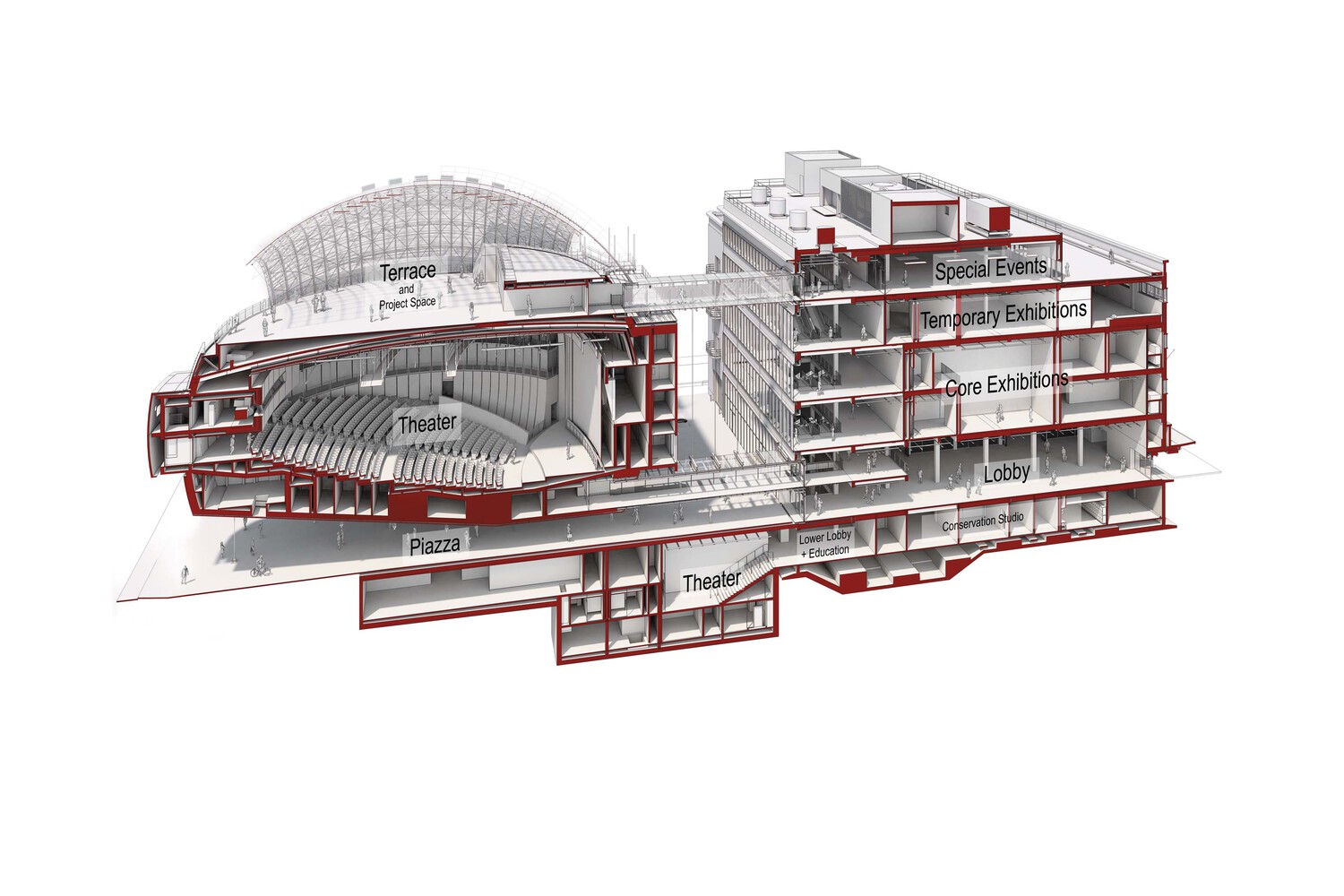 Section
Section
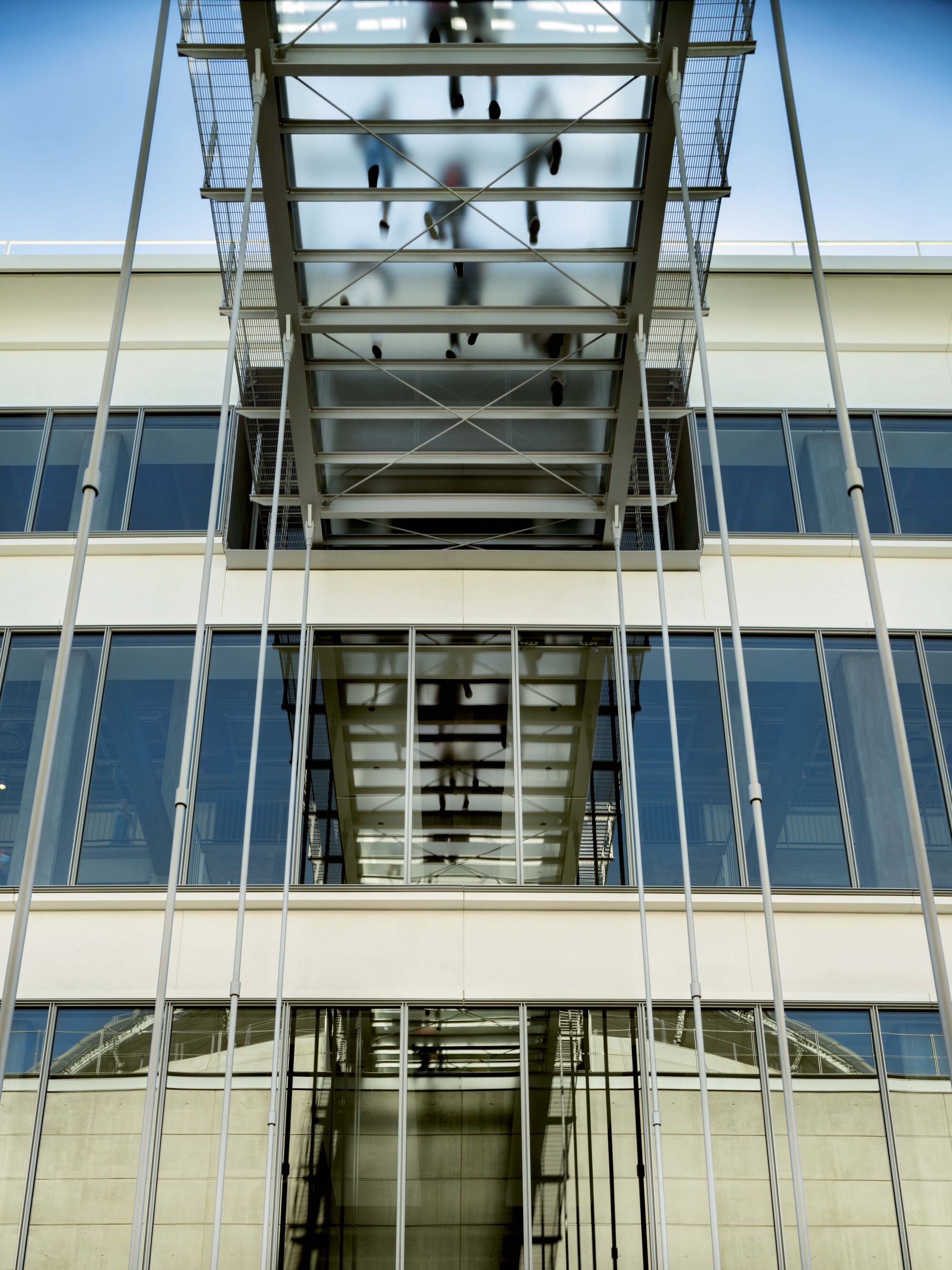 The bridge (cr: Nic Lehoux)
The bridge (cr: Nic Lehoux)
Not only were the forms and ideas innovative, the technical work resulting from collaboration with Buro Happold Engineering was also state-of-the-art at that time. Due to its location in Los Angeles, earthquake engineering was a major consideration. Every joint on the bridge that connects the Saban Building with the mass of the theater and on the outer stairs on the right and left sides of the sphere was specifically customized to withstand movement due to gravity and lateral forces during an earthquake. The hinge connection system placed on the stair structure columns was one of the first innovations in such construction.
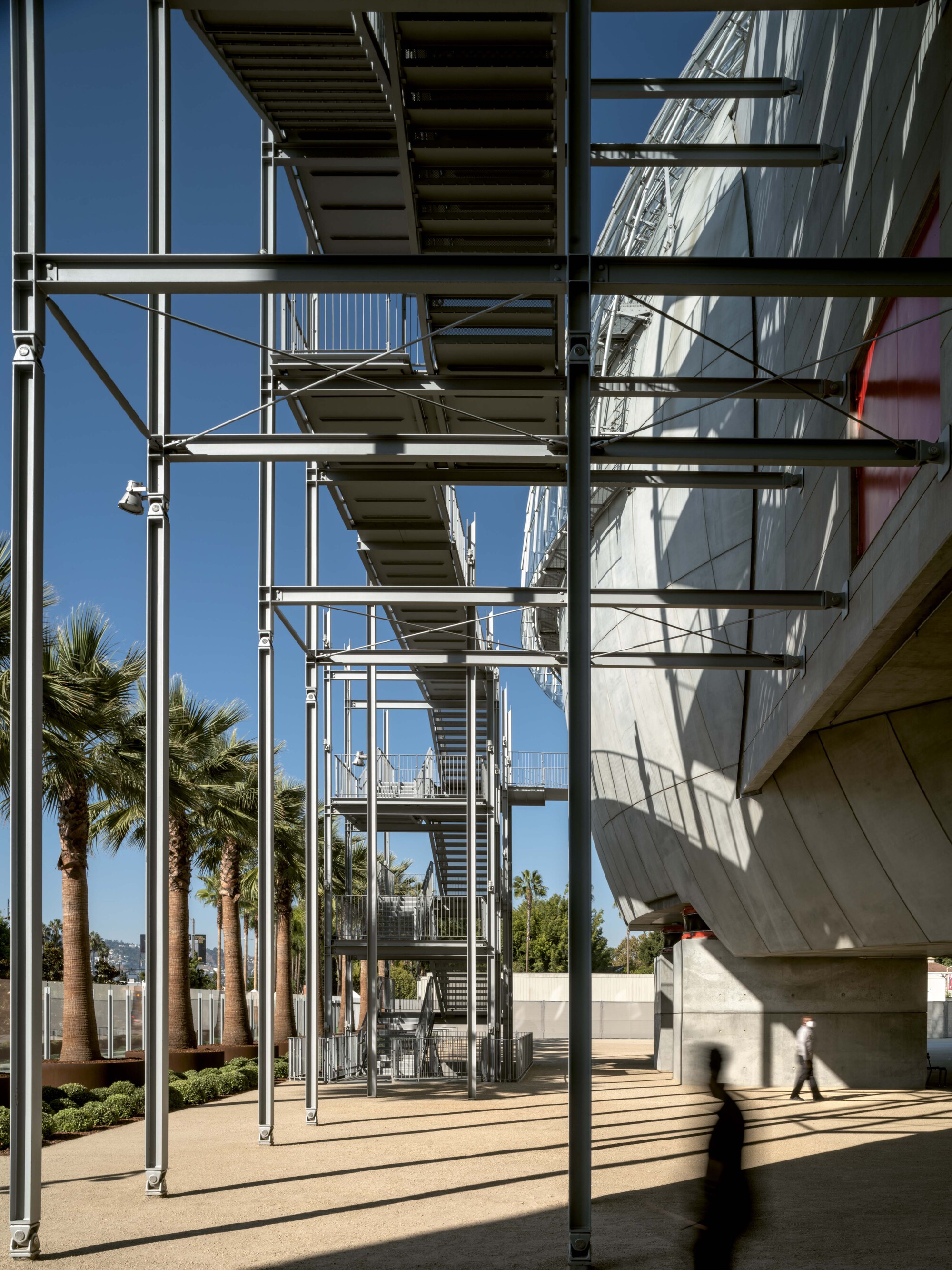 The stairs (cr: Nic Lehoux)
The stairs (cr: Nic Lehoux)
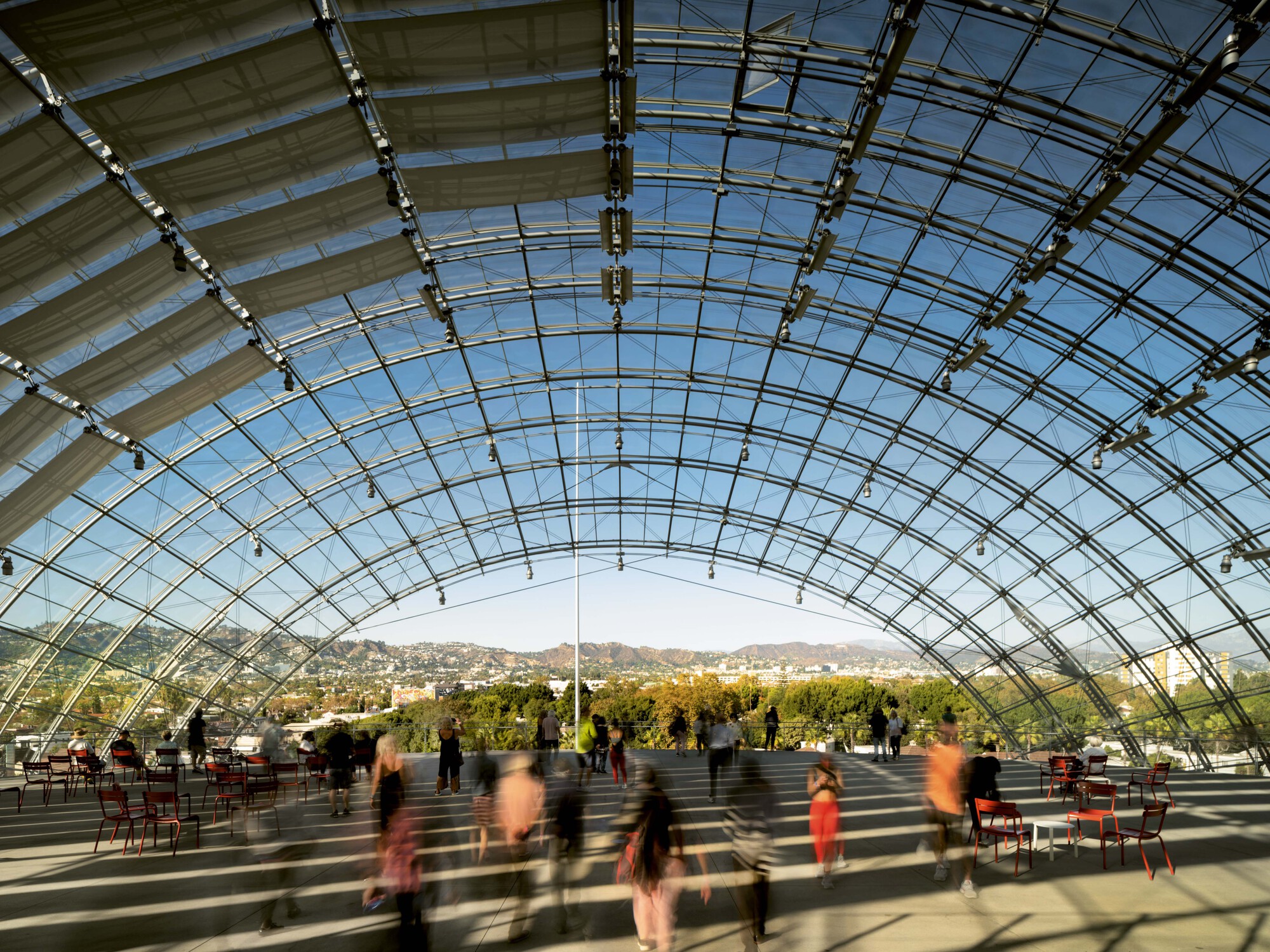 Dolby Terrace (cr: Nic Lehoux)
Dolby Terrace (cr: Nic Lehoux)
Furthermore, the splendor of the building will be increasingly felt when someone climbs to the fifth floor. The expansive, open Dolby Terrace offers city views, including famous Hollywood landmarks. Standing there will make visitors realize that they are now in the middle of a world that is both real yet fictional and futuristic, where many of the greatest titles began.

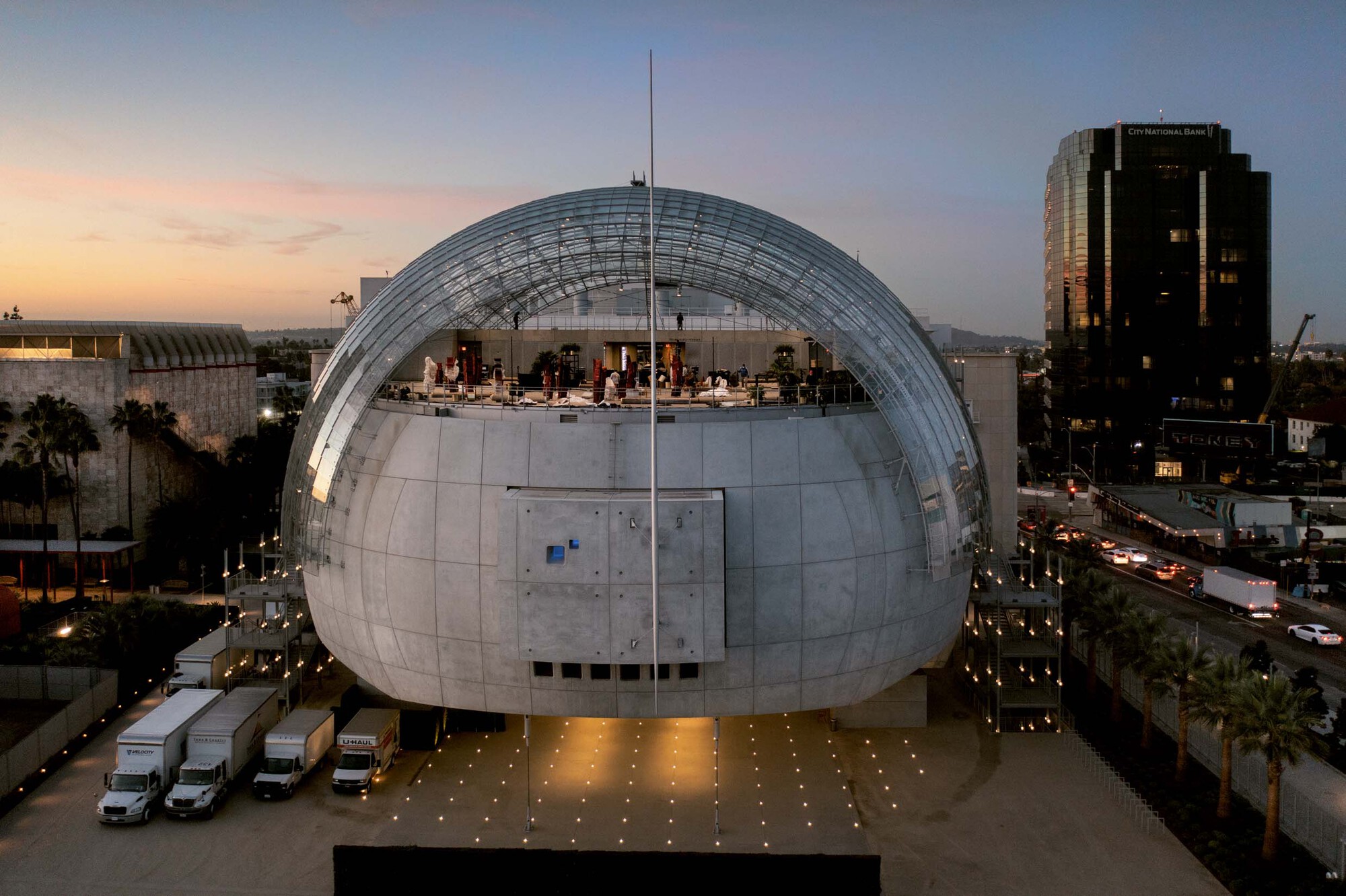



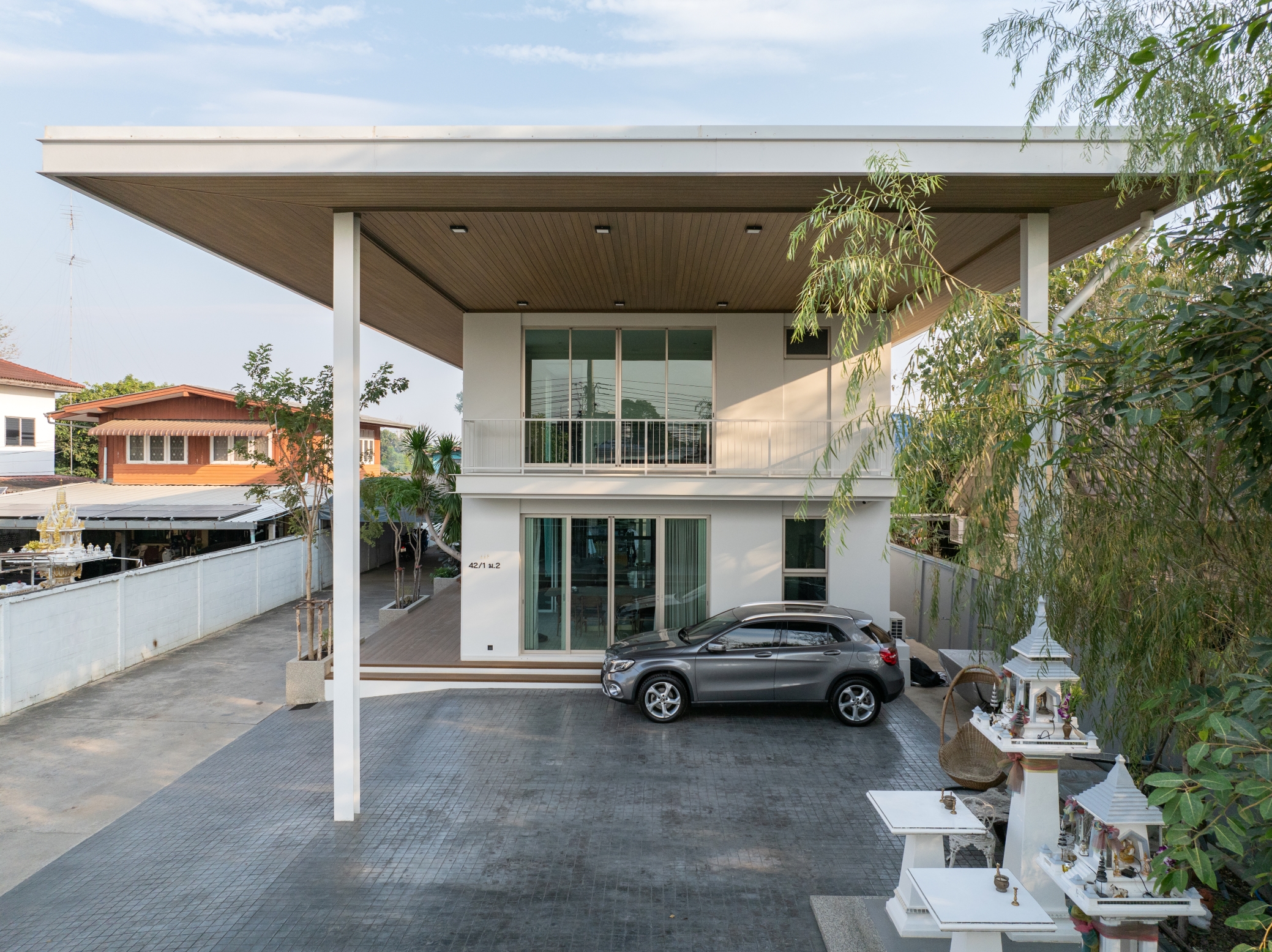
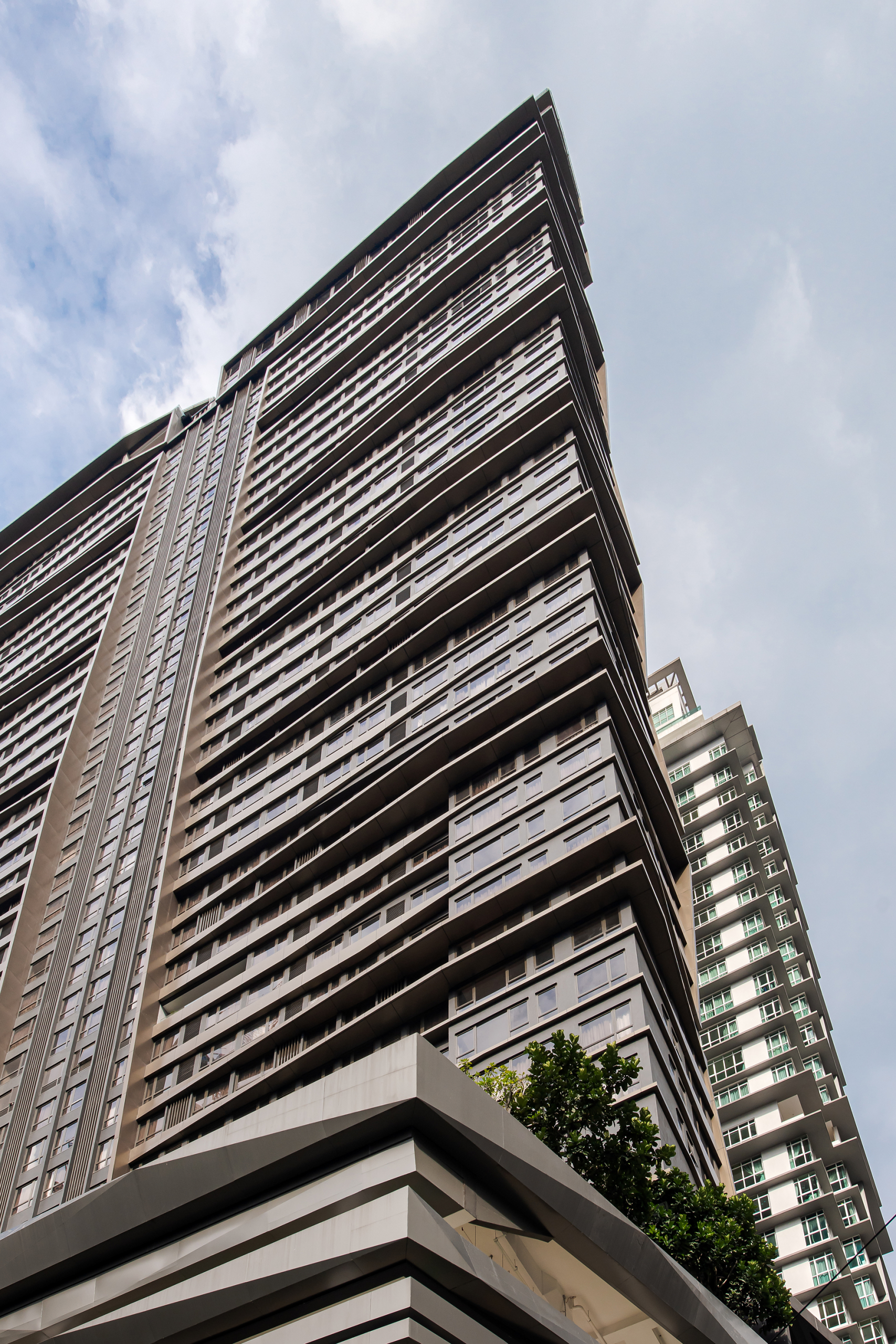
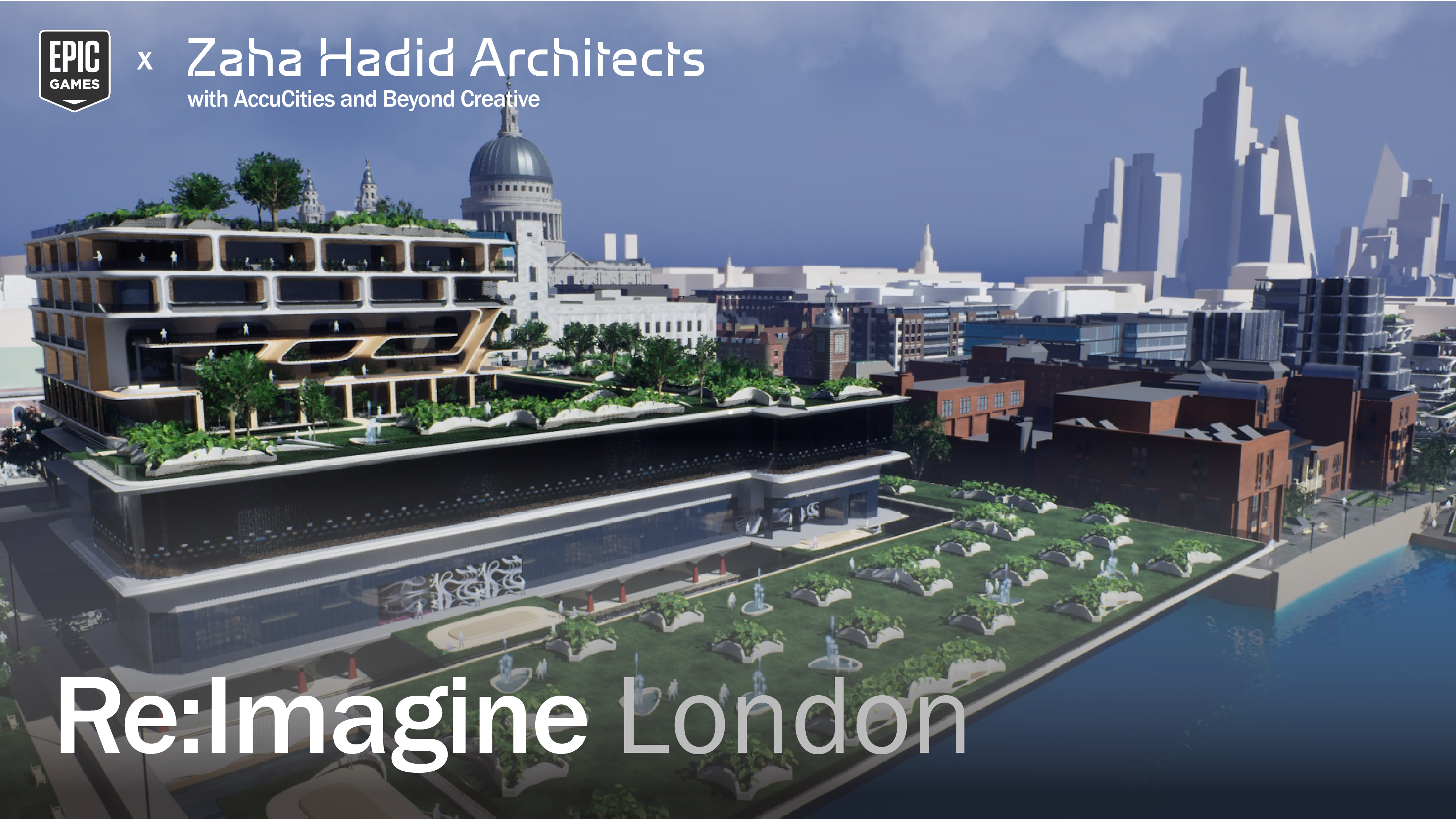


Authentication required
You must log in to post a comment.
Log in